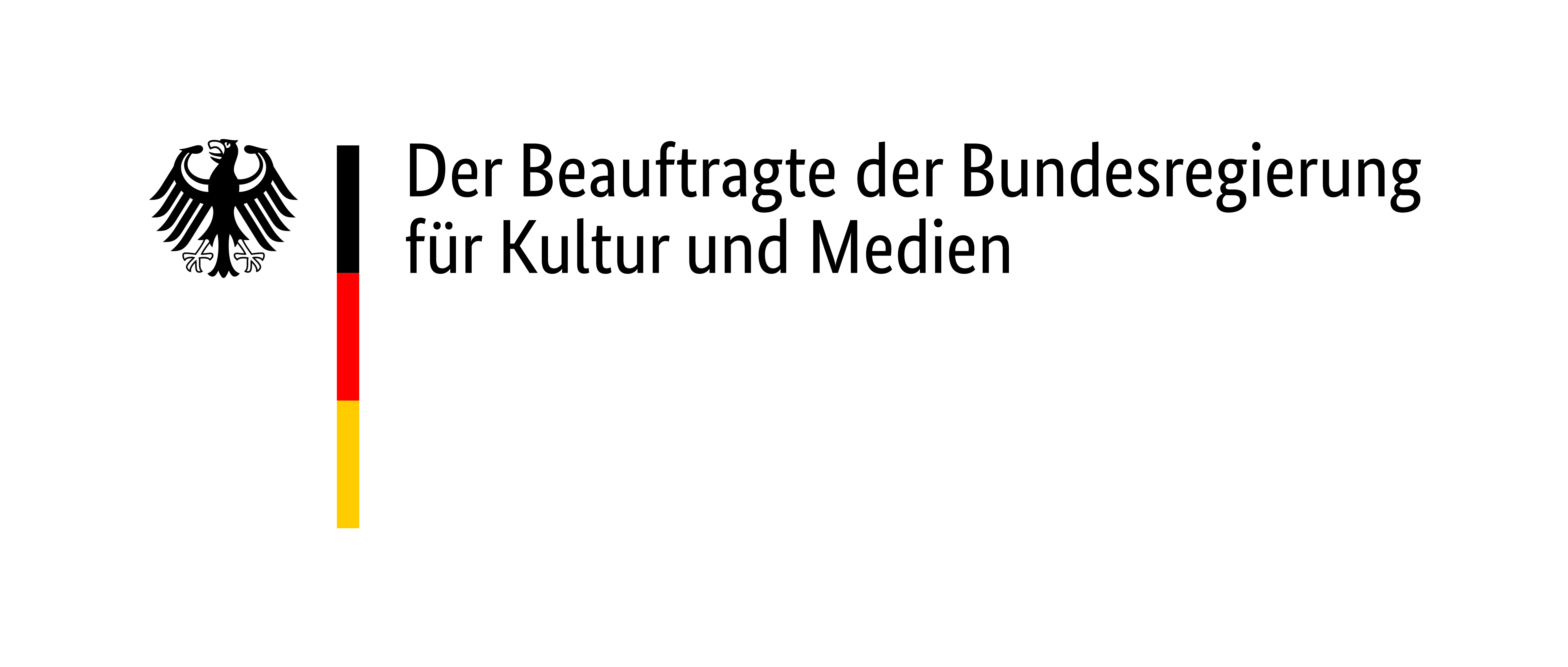
The French liaison officer Sonia Vagliano describes the co-operation between Schmuhl’s successor, the American camp commander Captain Peter Ball, and the International Camp Committee:
“The internal administration of Buchenwald turns out to be simpler than expected because we are able to maintain the previous arrangement for the running of the camp. Captain Ball summons the twenty-seven Communist representatives of different nationalities from Block 40 and tells them they should continue operating as before, but now, of course, under the supervision of the Americans. This will continue as long as there is no political agitation or discrimination. Food distribution, lodging, sanitation, record keeping, and surveillance all fall under their responsibility. Taking over a camp already efficiently organized saves us many headaches – but we acquire many others.”
Eloy, Sonia Vagliano, translated by Martha Noel Evans. Lieutenant Sonia Vagliano: A Memoir of the World War II Refugee Crisis. © 2022 The University Press of Kentucky.






Among the liberated were thousands of critically ill and emaciated men and boys. Saving them was a matter of priority in the days and weeks after liberation. The military doctors and paramedics of the 120th and 45th Evacuation Hospitals of the U.S. Army were primarily responsible for providing urgent medical care. They worked side by side with survivors who were also trained doctors and nurses. The SS hospital, as well as a few SS guard barracks, served as improvised emergency hospitals. Most of the survivors housed there came from the Little Camp.

